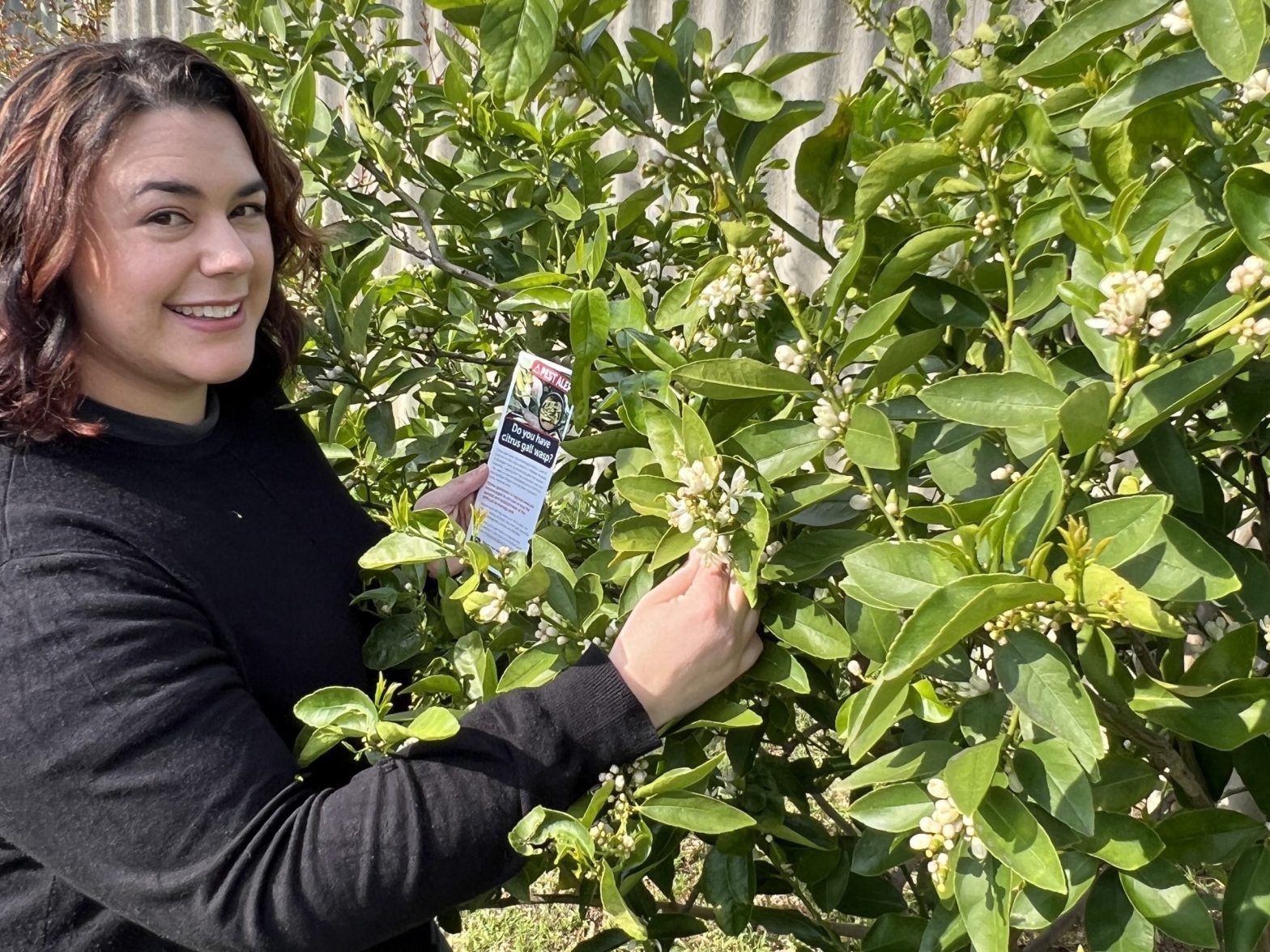Keep an eye on citrus wasp
Home gardeners in regional Western Australia are reminded to take action to stop the spread of the destructive pest citrus gall wasp.
Those in citrus production areas are encouraged to be particularly vigilant in checking for and controlling the pest.
Citrus gall wasp damages trees by producing galls that weaken branches, making them less productive over time.
DPIRD research scientist Rachelle Johnstone said the pest was established in the Perth metropolitan area and had been found in some regional areas.
“Management of this pest is vital, not only to protect trees in our own gardens but to reduce the risk of spread into our commercial citrus orchards which supply fresh, local fruit for us to eat,” Ms Johnstone said.
“Citrus gall wasp has not yet been found in commercial orchards – these efforts will help keep orchards free of the pest for longer, while better management techniques are found.”
Home gardeners should look for distinctive woody bulges, or galls, on the shoots and branches of citrus trees, which can measure up to 250 millimeters long and 25mm thick. Galls can be difficult to find in newly infested trees as they can be quite small.
The wasps lay eggs in new growth from September to December and galls become visible from February.
Galls removed from July onwards need to be treated before disposal to ensure larvae do not survive. This can be done by placing them in a well-sealed plastic bag and leaving them in the sun.



















